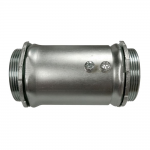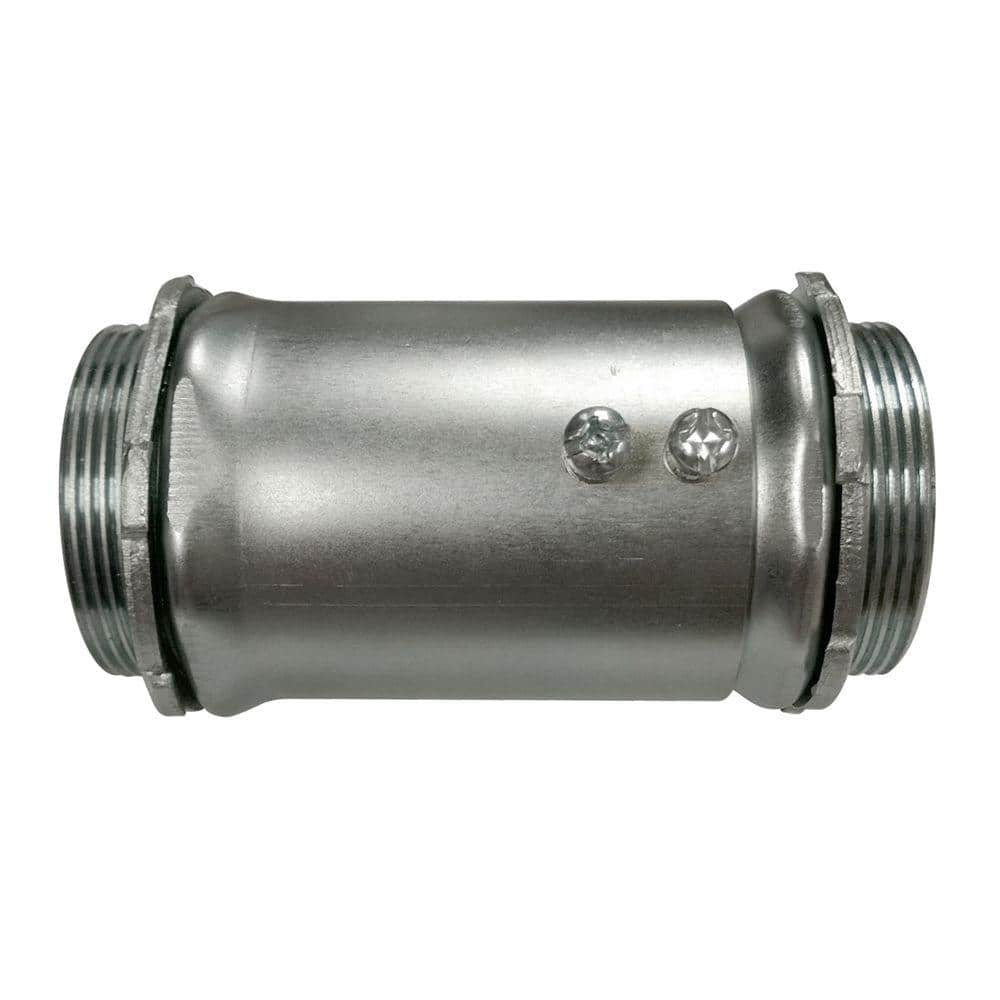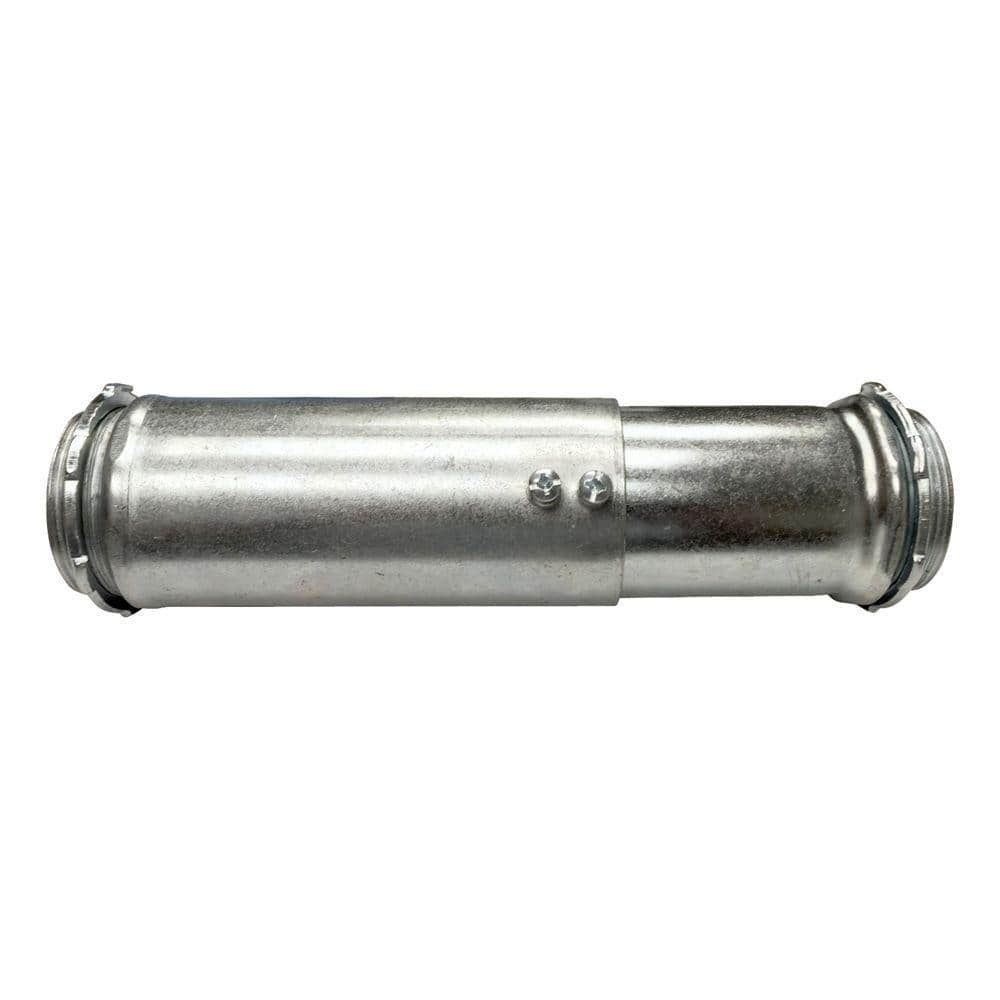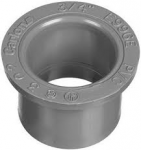Main reason: Because I think I'm more likely to get the inspector to agree to allow the existing sleeve if I don't disturb it by changing the box it's attached to. If he doesn't approve leaving the existing sleeve the job cost doubles and my client won't pay that much.
I see it as removing and replacing one locknut. I'm willing to bet that he's as likely to approve leaving the sleeve with one panel as with two. Are you sure the sleeve is immovable with the locknut loosened?
Secondary reason: I can cut the existing panel in half vertically to remove it, but I can't get the new one installed with pipe on both the left and right side that don't move. I'm assuming the sleeve is unmovable. The meter can is Ramset nailed to the block and is not going to move.
You should be able to get a short nipple the right length in there. Two PVC male adapters have more than enough socket depth to center a short-cut piece of conduit after inserting it between the meter and the panel.
If you insert the nipple assembly as you place the new panel against the wall like a door, right side first over the sleeve, then left side, the male adapters should pivot into their respective knockouts easily.
If the short conduit is too-tight a fit in the male adapters, sand down the ends a little, get it so you can move the pipe with a pair of channellocks, and apply the glue last, spreading it left and right.
It's not like there will be any stress on the glued joints. To me, King Lazy, his is the cheapest, simplest, and best way to do it. No Myers hubs in the new panel top, more user-friendly, less ugly, etc.







